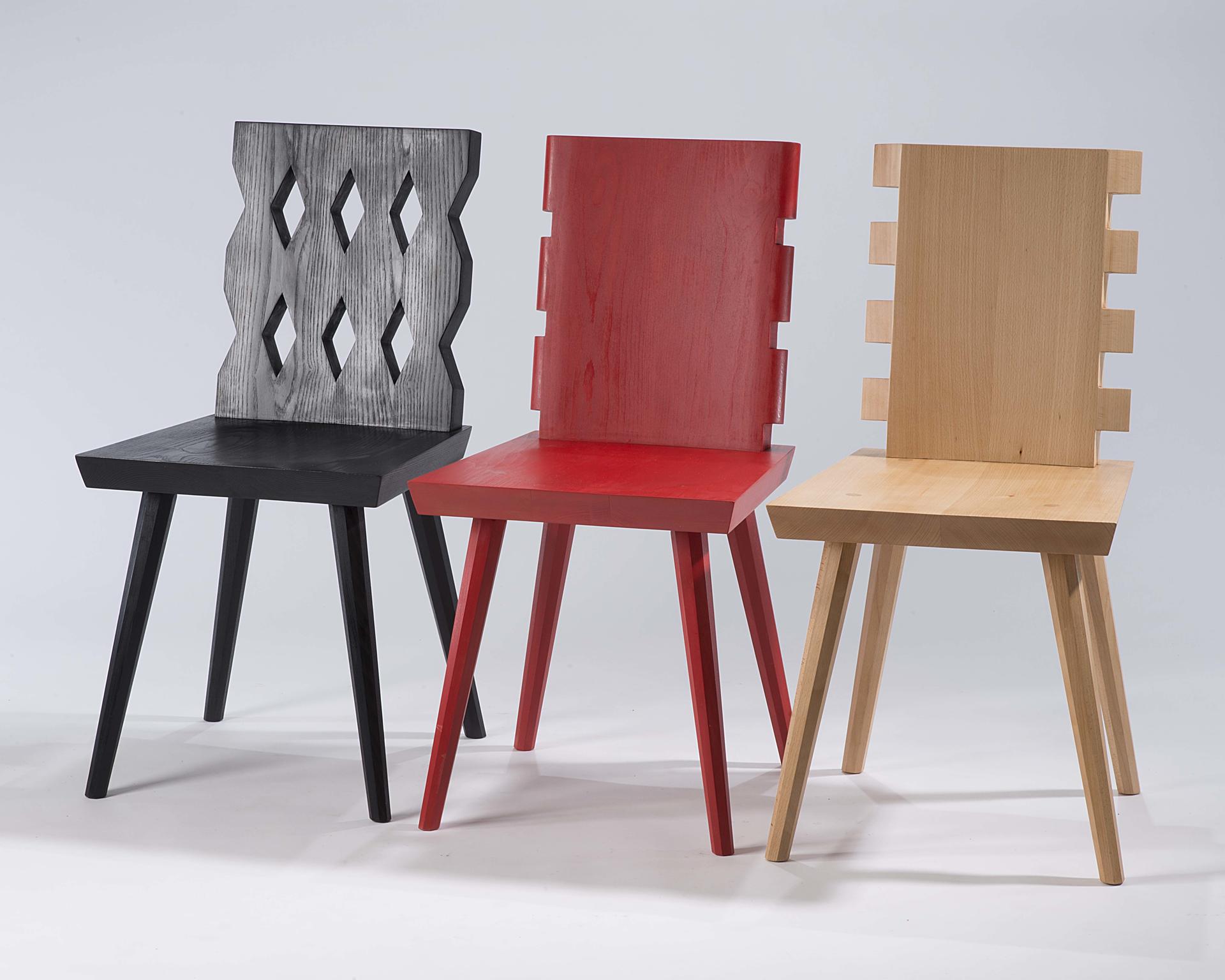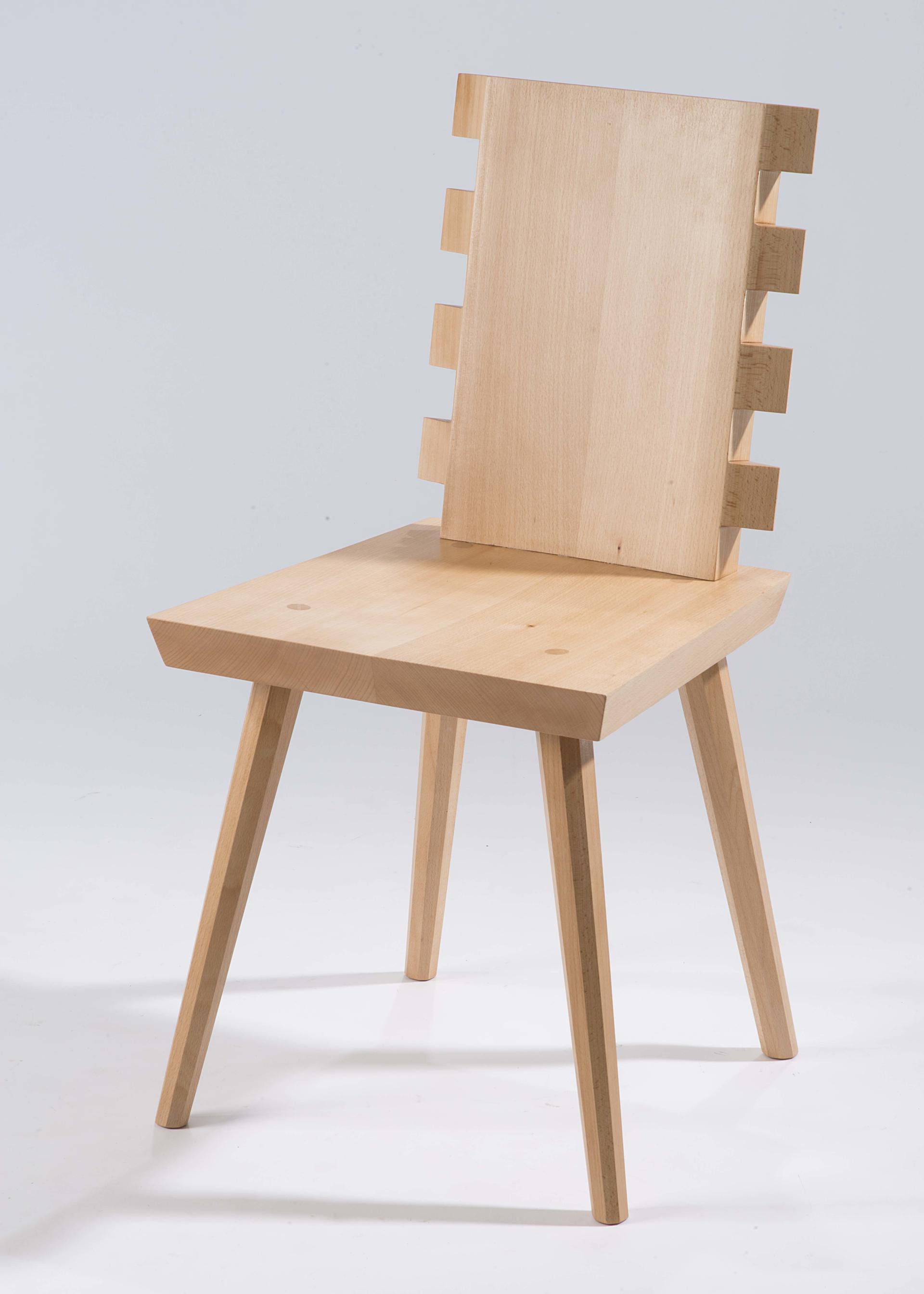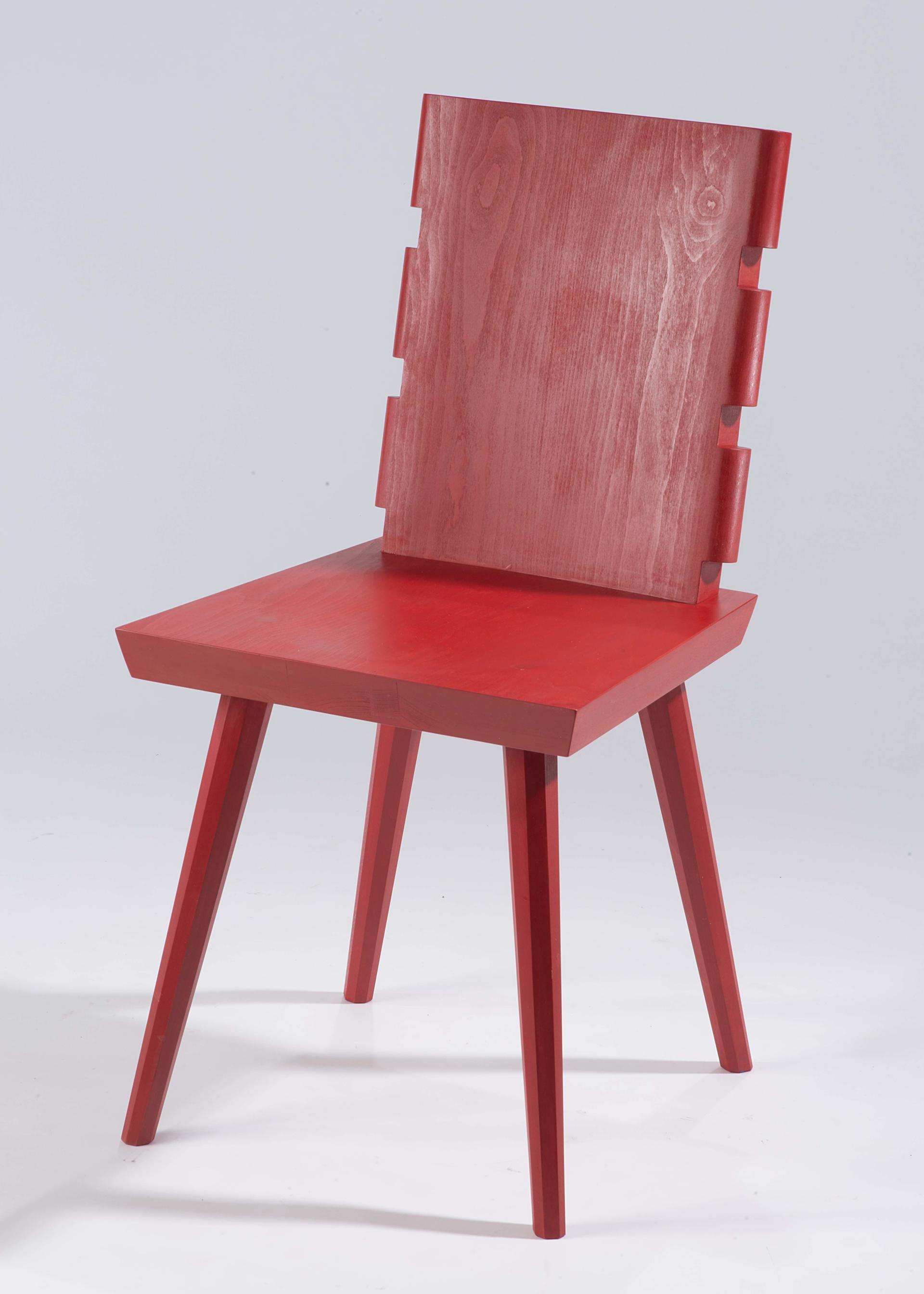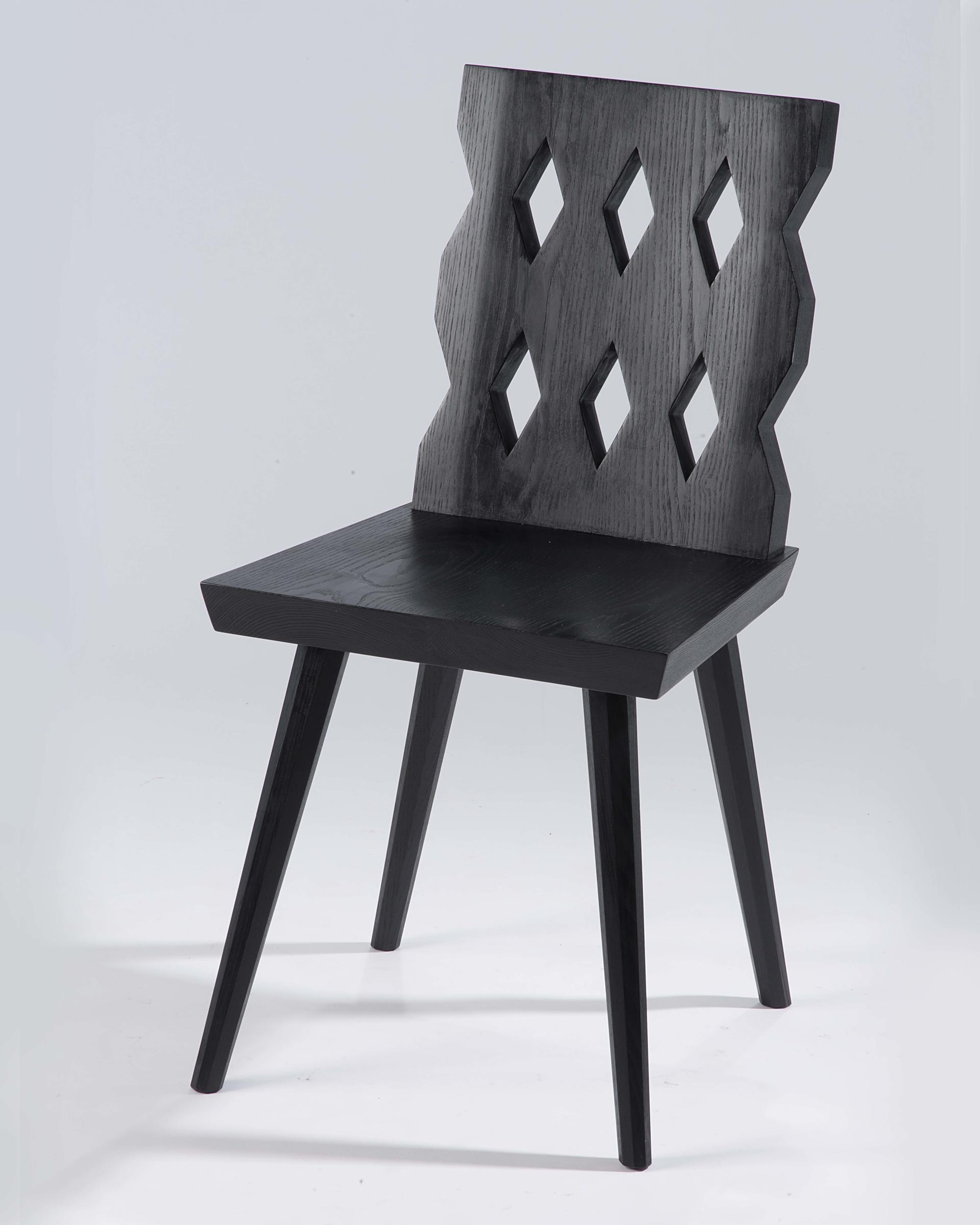Image

Maxwell Taylor-Milner
Paradoxes
Function is an invisible thing - what disappears when an object is used? Ornament has long been considered an obstacle, a roadblock to forgetting. Capitalist logics of speed, efficiency, and distraction militate against a material culture that might require patient observation, against acquiring the skill to make thoughtful objects or the knowledge to read and appreciate them. The result is the impenetrable trash mishmash spectacle of virtual flea markets like Amazon and Alibaba, of trackable yet traceless objects whose visual identity is algorithmically generated - commodity mystification as pure capitalist abstraction.
While I bow to the quixotic nature of yearning to overthrow the spectacular economic hegemony of the 21st century through my own spectacular objects, I strive to make work that is the opposite of the nauseating eye of the capitalist hurricane. In place of abstracted objects, I seek embodied ones. In my first career, as an art historian, museum worker, and gallerist, I though constantly about the trajectories of objects, what they meant and to whom. By exploring the long history of forms (from prehistory to the present) and the short history of materials (from the lumberyard to the finished product) I attempt to make rigorously clarified objects that encode complex skeins of meaning in simple envelopes. Humanity’s long relationship with the electromagnetic spectrum fits inside a cast-iron log. Traditional Japanese vernacular architecture in a synthetic roofing thatch cabinet. Early 20th century debates about handcraft and industry in a wooden chair. In making work that directly addresses the body through tactile surface, somatic comfort, and ease of use, I attempt to draw the user in, so that the material itself narrates for the conceptual information with which it is freighted.
As an art historian, I learned that there is no object which cannot be interpreted. As a designer, I try to make objects which are worthy of interpretation, objects that both invite and sustain it. For me, this discovery is its own kind of delight.
Image

Paradox Chair (Natural)
European beech
18 x 19 x 33.75 inches
2021
Image

Paradox Chair (Red)
American beech
18 x 19 x 33.75 inches
2021
Image

Paradox Chair (Black)
Ash
18 x 19 x 33.75 inches
2021
Image

- Architecture
- Ceramics
- Design Engineering
- Digital + Media
- Furniture Design
- Global Arts and Cultures
- Glass
- Graphic Design
- Industrial Design
- Interior Architecture
- Jewelry + Metalsmithing
- Landscape Architecture
- Nature-Culture-Sustainability Studies
- Painting
- Photography
- Printmaking
- Sculpture
- TLAD
- Textiles
